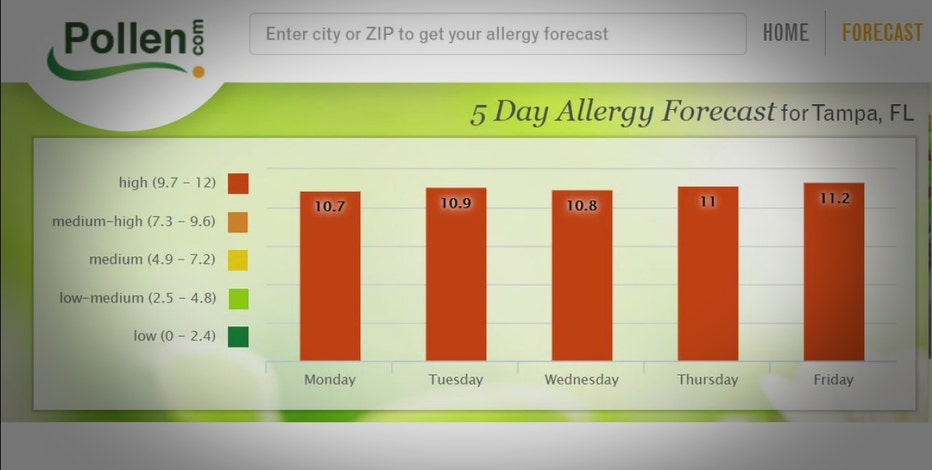Women have lowest workforce participation rate since 1987
TAMPA, Fla. - COVID-19 drove millions out of the workforce when the pandemic first hit, impacting women more than men.
A year into the pandemic, the U.S. Census Bureau released data on women in the labor force and found that around 10 million mothers living were still out of work in January, which is 1.4 million more than during the same month last year.
"Women are disproportionately in jobs that have been hurt by COVID, in particular retail, restaurants, tourism," said Rebecca Harris, instructor of economics at the University of South Florida and co-Lead of Women in Leadership Initiative.
Harris said those jobs are struggling to come back, and it’s leaving unemployed women in a tougher spot to rebound.
"With any period of unemployment, your own job skills deteriorate while you’re looking for another job so there’s that factor as well," said Harris.
Labor data shows women had the lowest level of participation in the workforce in February since 1987 at 55.8%. Researchers point to a number of possible reasons, including childcare. Mothers stayed home to help children through school during the pandemic.
"I think that the crisis has done is really bring home that women do so much more at home in childcare and care work," said Ariane Hegewisch, the senior research fellow at the Institute for Women’s Policy Research in Washington, D.C. "I think it has surprised women and men and companies, and companies can do more to balance that out."
Hegewisch said there are broader effects too on the office environment.
RELATED: Business still 'bad' for airport businesses, but relief bill may help
"We have a long track record of research that shows that diversity matters. If you lose somebody that has say been in a job two or three years, it’s not easy to replace," said Hegewisch.
Whether it’s with the gender pay gap, paid leave or child care access, economists said the pandemic brings those gender disparities out in the open, and they hope society learns from the crisis.
"Women tend to be the ones who need more flexibility in their jobs," said Harris. "We can do something more about that in our country, and we can do more to support working families."
Featured
Know the difference between allergies and COVID-19 symptoms
Runny nose, itchy eyes, and sneezing -- the miserable signs of allergy season here in the Sunshine State. Local doctors say pollen levels are peaking in the next few weeks.




